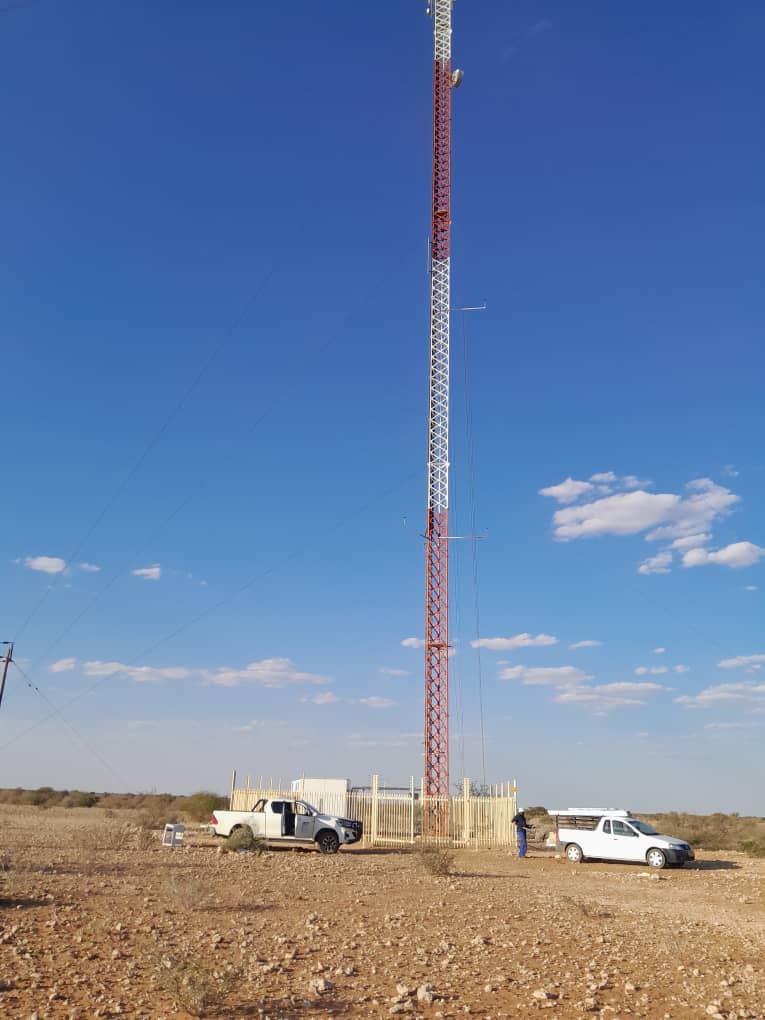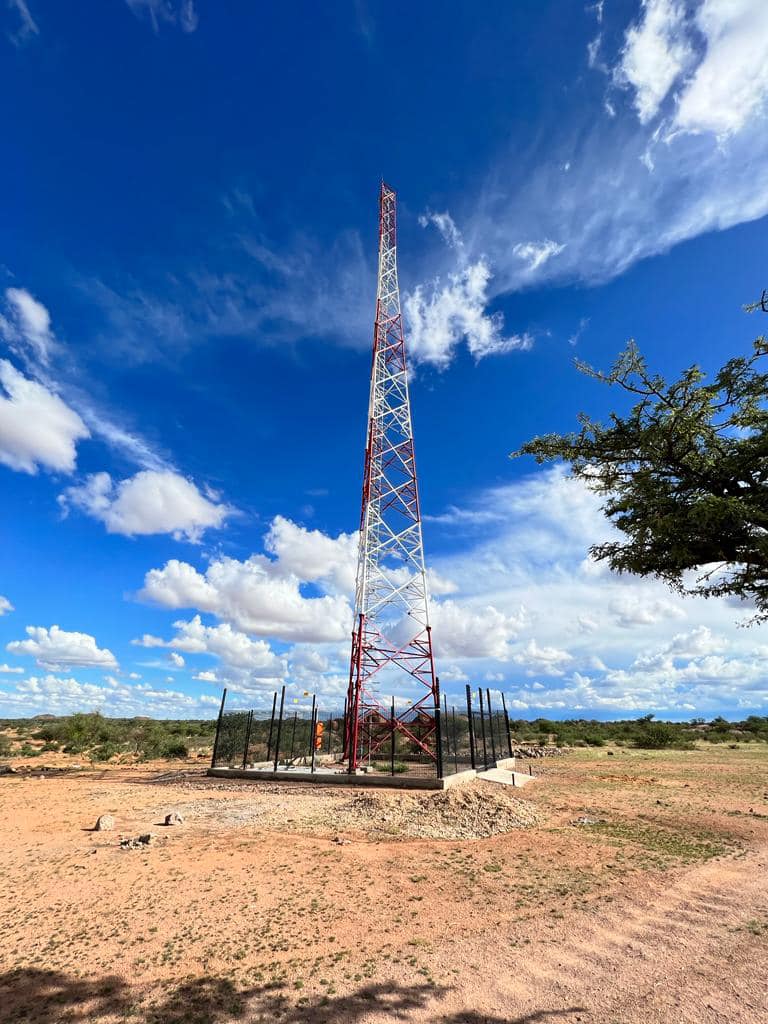
By: Nghiinomenwa-vali Hangala
A comprehensive site verification exercise across nine regions under the Universal Service Fund (USF) revealed a picture of little or no connectivity in these areas.
The verification process targeted 25 institutions, comprising 23 schools and two clinics, in the //Kharas, Kunene, Omaheke, Otjozondjupa, Omusati, Ohangwena, Oshikoto, Kavango East, and Zambezi Regions.
Conducted between 28 April and 23 May 2025, the exercise focused on assessing 16 proposed sites for the upcoming Phase Two of the USF rollout, to expand mobile broadband and voice services to underserved and unserved communities.
According to the Communications Regulatory Authority of Namibia (CRAN) analyst for Universal Access, Monica Nangutuwala, of the 23 schools visited, 14 have no network connectivity at all, while nine experience intermittent service.
As for the two clinics, they were found to have no voice or data connectivity.
Nangutuwala stated that even though some institutions are connected via existing infrastructure, this leads to very slow broadband and unreliable service.
This is mainly through Very Small Aperture Terminal (VSAT) satellite links or Point-to-Point (P2P) connections.
The findings highlight the country stage and the steps required to bridge digital and connectivity gaps, and shed light on the ability to implement e-education and e-health.
While mobile broadband coverage in Namibia has reached approximately 91% of the population, rural areas still lag behind.
Commenting on the findings, Nangutuwala explained that “the lack of connectivity not only hampers educational and health outcomes, but also stifles economic opportunities in these communities.”
She indicated that upgrading and expanding network infrastructure will increase and improve access to internet connectivity – fostering inclusive growth, empowering local populations, and supporting Namibia’s broader digital transformation goals.
“The findings emphasise the critical need for constructing and upgrading telecommunications infrastructure in these regions,” Nangutuwala said, adding that the USF will leverage these insights to identify suitable sites for new infrastructure deployment.
The plan involves providing subsidies to licenced telecommunications providers (mobile network operators) to deploy infrastructure for mobile broadband and voice services, thereby bridging the digital gap.
According to CRAN, the goal is to ensure that no community is left behind in the digital age and that mobile broadband and voice services reach even the most remote corners of the country.
MTC’s comprehensive network audit in northern Namibia, which covered more than 2,000 kilometres across Outapi, Oshakati, Rundu, and Katima Mulilo, revealed that some towers in rural regions are not adequately positioned.
This emanates from archaic infrastructure, with several sites featuring low antenna heights and limited access to 4G/LTE technology.
According to MTC’s findings in certain locations, mobile towers rely only on GSM or 3G configurations, with LTE signals found to be servicing a minimal range than prescribed, impacting performance.
Furthermore, inconsistencies in power settings and antenna directions along key travel corridors also contributed to reduced service quality.
In response, MTC has unveiled the Buffalo Project, a targeted intervention initiative with a focus on improving coverage by increasing tower heights, relocating sites where necessary, upgrading rural areas with 4G LTE, and enhancing service reliability in underserved communities across the northern parts of the country. erastus@thevillager.com.na
